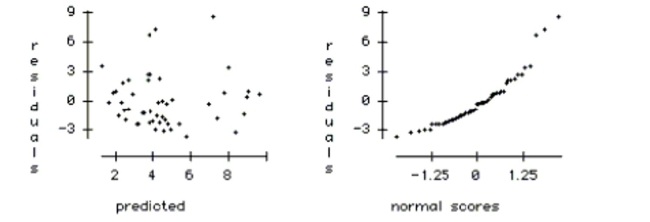Homelessness is a problem in many large U.S. cities. To better understand the problem, a
multiple regression was used to model the rate of homelessness based on several
explanatory variables. The following data were collected for 50 large U.S. cities. The
regression results appear below. Homeless number of homeless people per 10,000 in a city Poverty percent of residents with income under the poverty line Unemployment percent of residents unemployed Temperature average yearly temperature (in degrees .)
Dependent variable is Homeless
squared squared (adjusted)
with degrees of freedom
a. Using a 5% level of significance, which variables are associated with the number of
homeless in a city?
b. Explain the meaning of the coefficient of temperature in the context of this problem.
c. Explain the meaning of the coefficient of rent control in the context of this problem.
d. Do the results suggest that having rent control laws in a city causes higher levels of
homelessness? Explain.
e. If we created a new model by adding several more explanatory variables, which statistic
should be used to compare them
f. Using the plots below, check the regression conditions. 
Correct Answer:
Verified
b. For c...
View Answer
Unlock this answer now
Get Access to more Verified Answers free of charge
Q18: Of the 23 first year male
Q29: A total of 23 Gossett High
Q38: Create and interpret a 95% confidence interval.
Q83: Great Britain has a great literary tradition
Q193: To discourage cheating, a professor makes
Q194: In regression an observation has high leverage
Q195: In ANOVA, an interaction between two factors
Q199: Three brands of AAA batteries are
Q200: Which of the following are NOT characteristics
Q202: A soft drink company is conducting
Unlock this Answer For Free Now!
View this answer and more for free by performing one of the following actions

Scan the QR code to install the App and get 2 free unlocks

Unlock quizzes for free by uploading documents